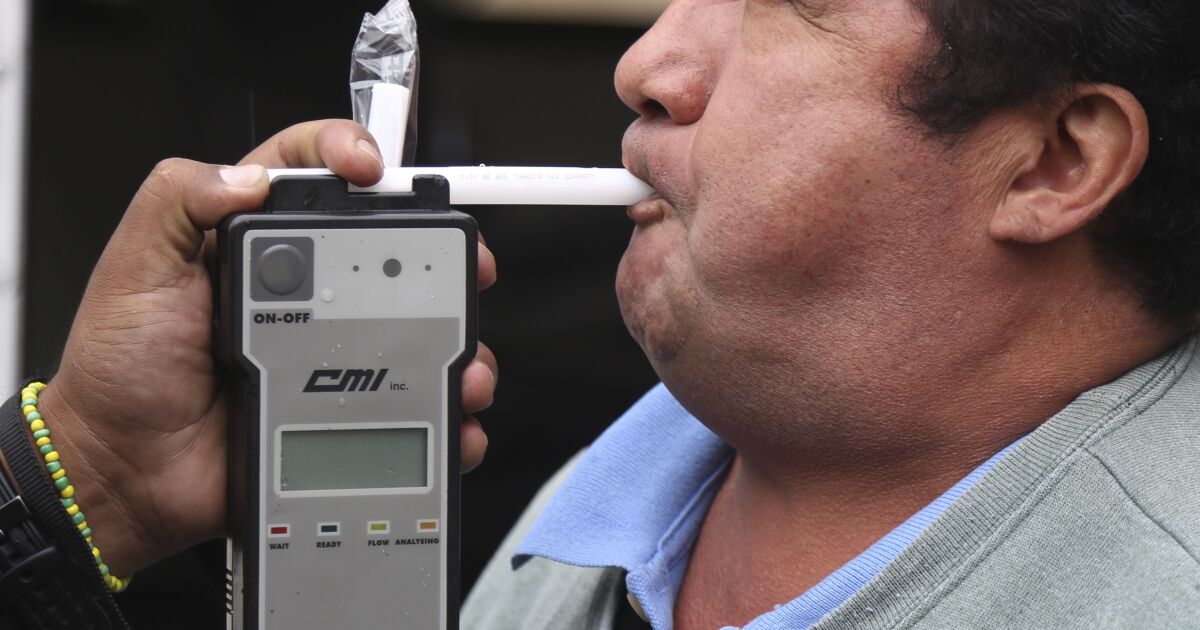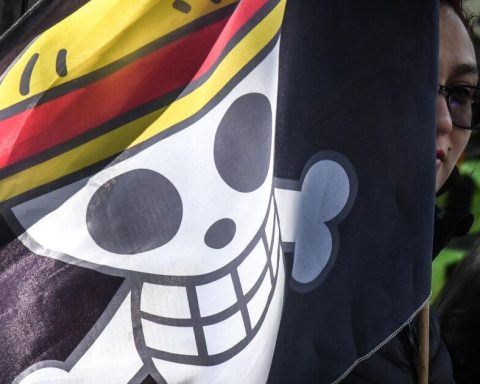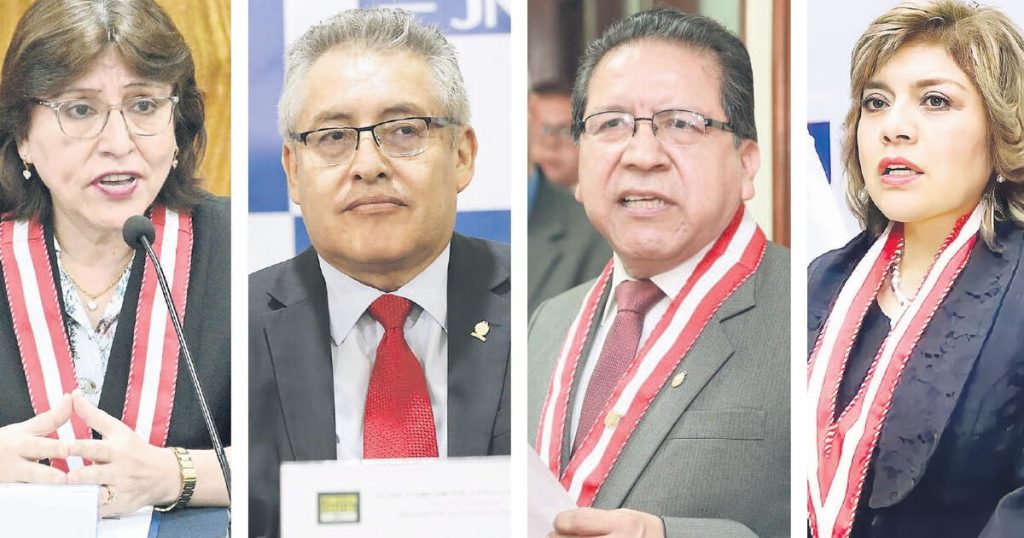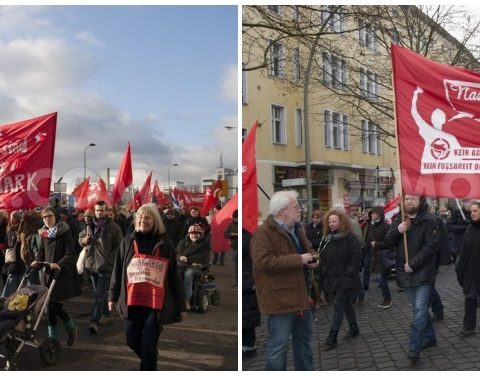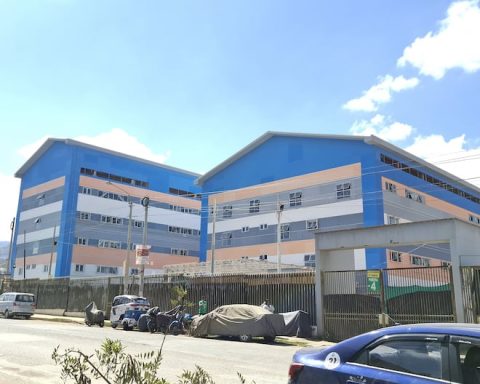The operations in road accesses to the capital will also be reinforced, to verify that the vacationers do not drive under the influence of alcohol.
The capital police said that on the first day of the operation, 11,766 interviews were held Alcostopwhich allow detecting the alcoholic environment within vehicles.
In addition, 226 breathalyzer tests were applied, of which 46 were positive and, therefore, these people were transferred to the Center for Administrative Sanctions, better known as “El Torito”, as well as Civic Courts. The vehicles were sent to the corral.
According to the agency, this type of actions managed to significantly reduce road incidents during holiday periods, while protecting pedestrians, cyclists, motorcyclists and motorists.
Batter operations are performed randomly in roads close to nightclubs, bars, restaurants with greater influx, as well as in arteries where traffic accidents are more common.
How does the breathalyzer work?
To perform a breathalyzer test and measure the level of alcohol in the blood of a person, it must blow for seven seconds in the alcoholic apparatus.
On some occasions, it is necessary that the citizen evaluated descend from his vehicle to perform a physical test. There are also devices that measure the degree of alcohol, without blowing a pipette as previously.
Fines and penalties for not passing the breathalyzer
If when the alcohol level blows in the device, it is 0.40 mg/the superior, it will be determined that the driver is drunk. Consequently, he will be creditor to the following sanctions:
- Administrative arrest from 20 to 36 hours.
- 6 penalty points to the driver’s license.
- Referral to the vehicular deposit, with a drag cost between 800 and 1,500 pesos.
- In case of not being the owner of the vehicle, a fine of 60 UMA must be paid, or the equivalent of 6,778 pesos.
